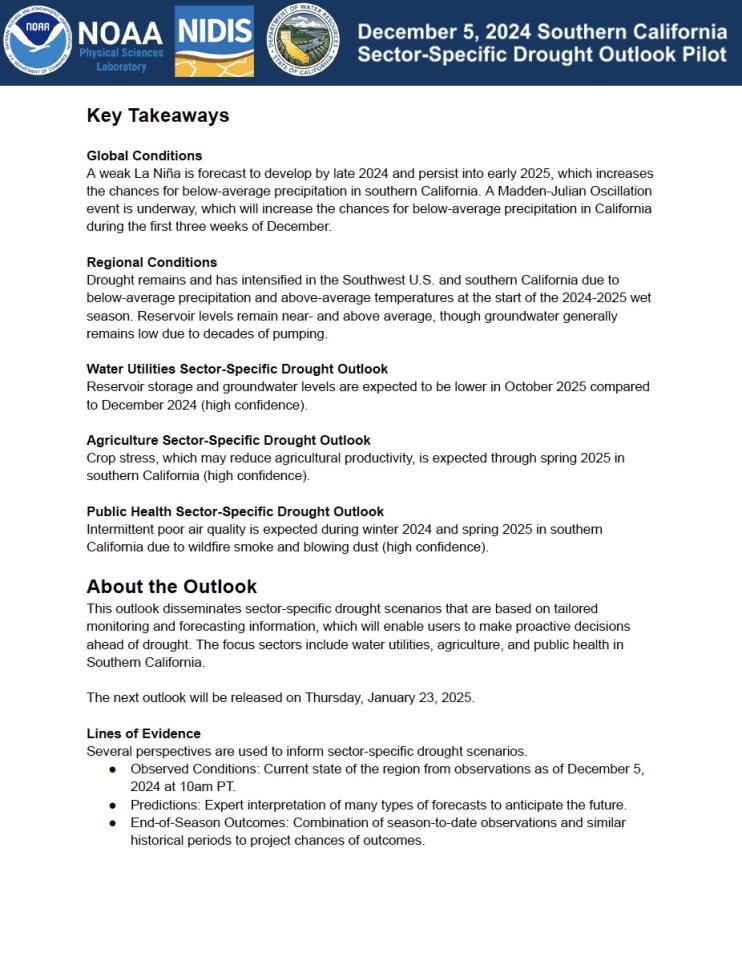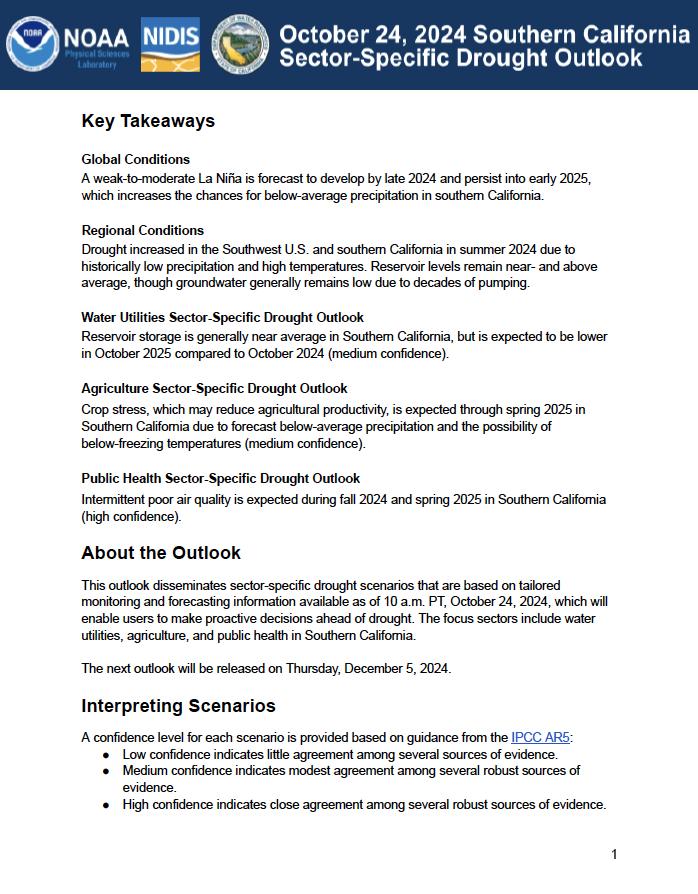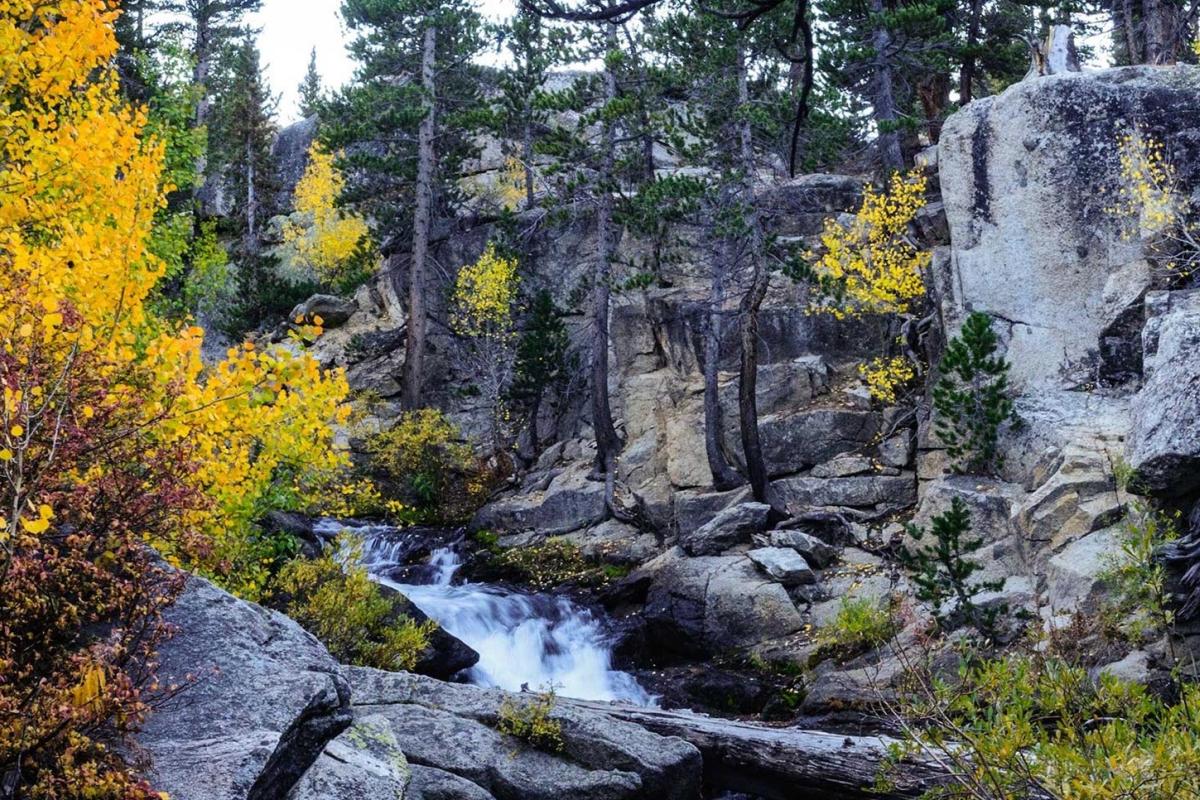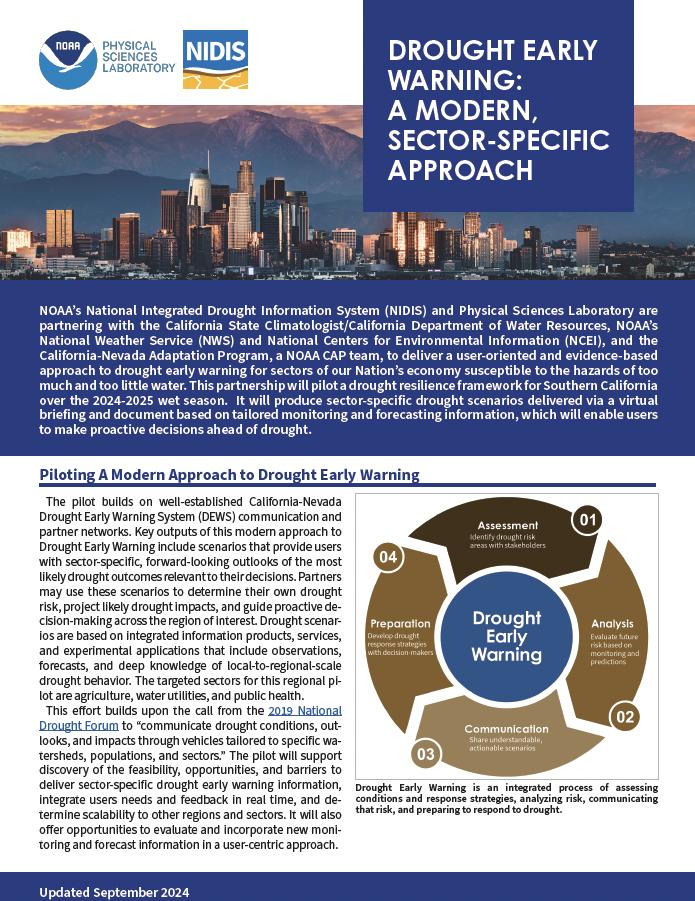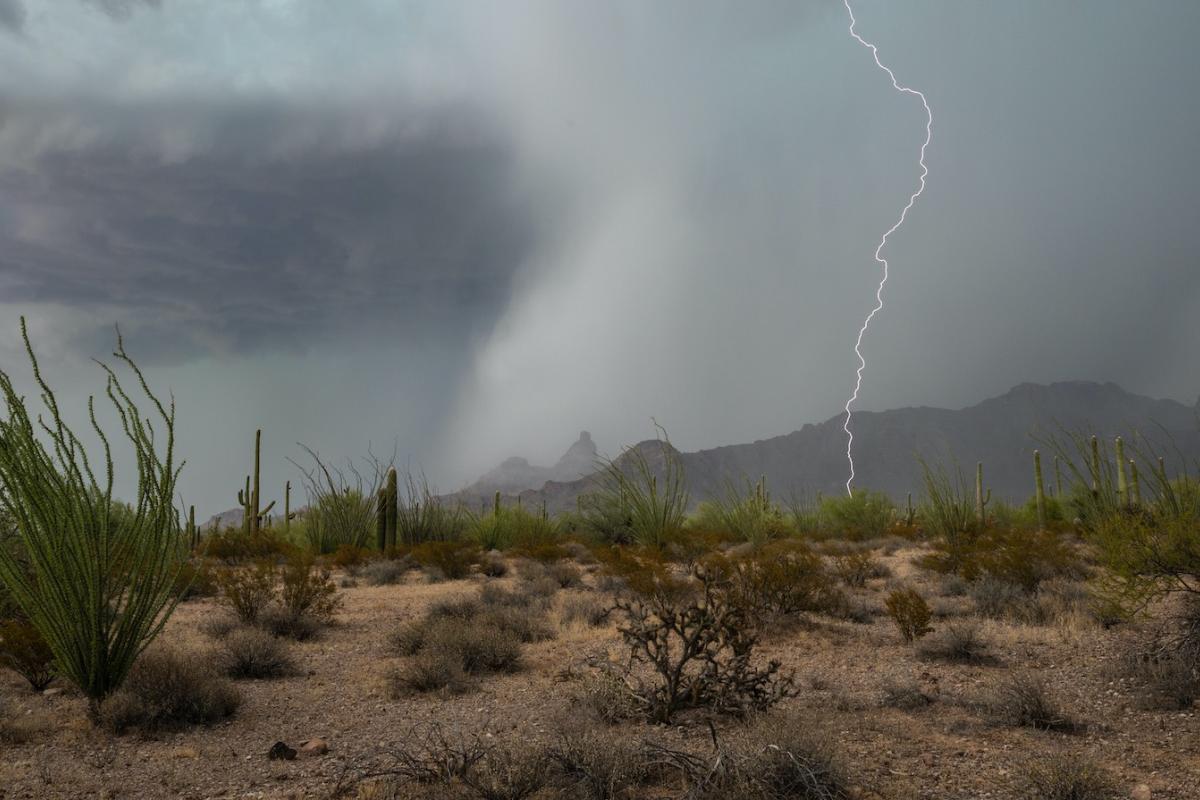NOAA’s National Integrated Drought Information System (NIDIS) and Physical Sciences Laboratory are partnering with the California State Climatologist/California Department of Water Resources, NOAA’s National Weather Service and National Centers for Environmental Information, and the California-Nevada Adaptation Program (a NOAA CAP team) on the Sector-Specific Drought Early Warning Outlook – Southern California Pilot.
NOAA’s National Integrated Drought Information System (NIDIS) and Physical Sciences Laboratory are partnering with the California State Climatologist/California Department of Water Resources, NOAA’s National Weather Service and National Centers for Environmental Information, and the California-Nevada Adaptation Program (a NOAA CAP team) on the Sector-Specific Drought Early Warning Outlook – Southern California Pilot.
Quarterly Climate Impacts and Outlook for the Western Region for June–August 2024. Dated September 2024.
Summer temperatures were above normal for most of the West except for isolated areas along the California, Oregon, and Washington coasts. California and Arizona saw their warmest summers on record with Nevada, Utah, and New Mexico having their second warmest on record. Precipitation was below normal for most of California, Nevada, Oregon, and Idaho.
NOAA’s National Integrated Drought Information System (NIDIS) and Physical Sciences Laboratory are partnering with the California State Climatologist/California Department of Water Resources, NOAA’s National Weather Service (NWS) and National Centers for Environmental Information (NCEI), and the California-Nevada Adaptation Program, a NOAA CAP team, to deliver a user-oriented and evidence-based approach to drought early warning for sectors of our Nation’s economy susceptible to the hazards of too much and too little water.
Quarterly Climate Impacts and Outlook for the Western Region for March–May 2024. Dated June 2024.
Spring temperatures were generally near normal or below normal for most of the West. Precipitation was near-to-above normal for most of the West with north-central Arizona and southeast Montana much above normal.



